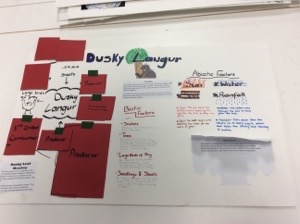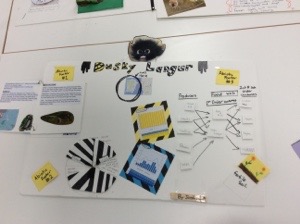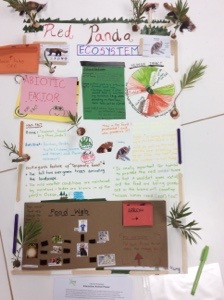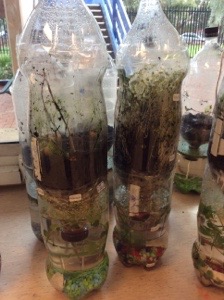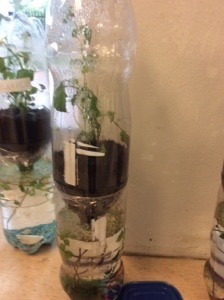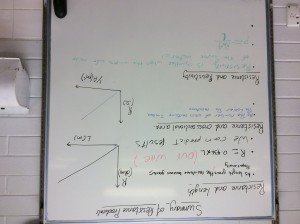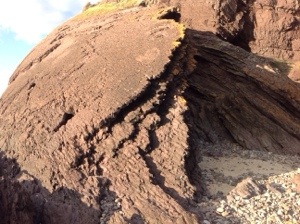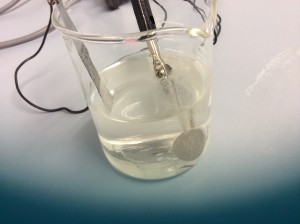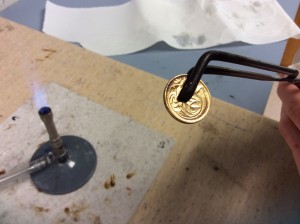Alongside the bottle ecosystems we introduce our students to the various concepts associated with ecology. This allows them to discuss biotic and abiotic, food webs, other relationships such as mutualism and terms such as producers and consumers. They have time to practice and apply this learning and then apply it to an ecosystem of choice (they chose and animal from our local zoo). They apply their learning by creating an ecosystem interactive poster. We trialled this last year and it worked quite well both as a way for students to communicate their learning and as a motivator. This year we’re doing it with all the year 9 classes at once. This is to fit in with the HASS classes as we run the unit in a small cross curricula manner.
This was quite a problem with resources which we barely coped with and will lead to some changes both to our organisation but also towards creating a maker space in our learning hub as checking the return of equipment proved near impossible for all of us involved.
However the posters produced by my two classes this year are on the whole better than last years and I’ll post some examples below.
Things to remember
Have equipment in a manner that is easy to check turn – might be better to allocate certain sets to certain tables and the table is responsible for the return. That works in Science labs but I have more control over students exiting than in the open spaces of the hub so we’ll have to develop responsibility – give them the same equipment each time, if it’s not returned correctly they lose access to it.
showing examples worked well. I should probably go through images of previous years in more detail and repeat it a couple of times.
Being explicit about what goes on the poster each session worked well at the start and kept most of the class up to date but as soon as students start to miss lessons compromises spread.
Make a bigger emphasis that the poster isn’ t about the animal but about the animal’s ecosystem.
The above photos are from one class the other is still to be assessed.
